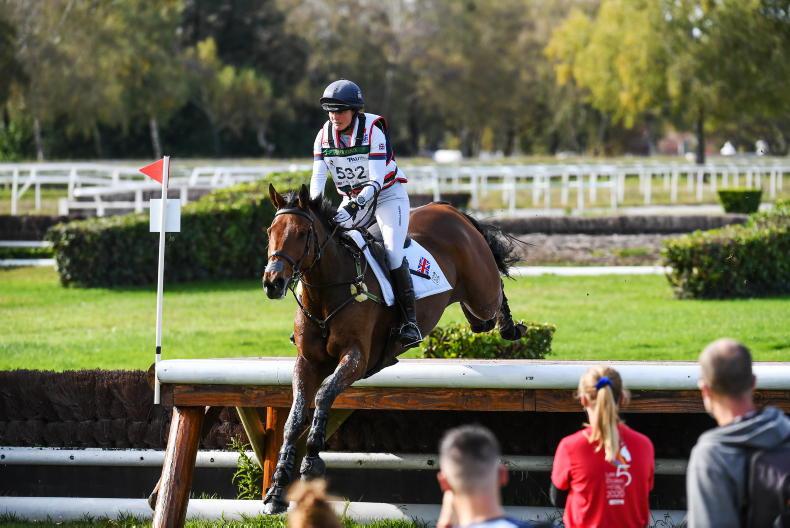Stage one
Uterine contractions begin and the foal turns from lying on its back to lying on its stomach, with its head between its two front legs. This is a normal presentation.
Stage one can last anywhere from 20 minutes to several hours. At the end of the first stage, the mare’s water breaks.
Stage two
The release of fluid at the beginning of stage two lubricates the mare and triggers stronger contractions. The mare might get up once or twice during this stage of labour, but usually is lying on her side to push.
Wearing a long glove, check the presentation resembles a diving position, with front feet first, one slightly ahead of the other, hooves down, followed closely by the nose, head, neck and shoulders. If your foal is slightly off, don’t panic. Your mare will instinctively know something is not right and may get down and roll to fix the position of the foal.
After the waters break, the foaling process should only take about 15 minutes.
Once the foal is delivered, don’t pull it clear of the mare. Leave the hind legs in the mare a little longer as the last bit of blood is coming through the umbilical cord is really important for the foal.
The foal should be delivered within 30 minutes of the waters breaking, or it is in danger of dying.
Leaving the umbilical cord attached at this point can help to allow a substantial amount of blood to be transferred from the placenta to the foal.
Stage three
The placenta is usually passed within 30 minutes of delivery, and should be passed within three hours. If the membranes are retained any longer than four hours the risk of infection is high and veterinary assistance should be sought immediately.
The placenta should be tied up with twine to keep it from being stepped on, or from becoming entangled in the mare’s hind legs. Retain the placenta. If there are any tears or a part missing it is important to get a vet out to your mare as soon as possible.


 This is a subscriber-only article
This is a subscriber-only article
 It looks like you're browsing in private mode
It looks like you're browsing in private mode










SHARING OPTIONS: